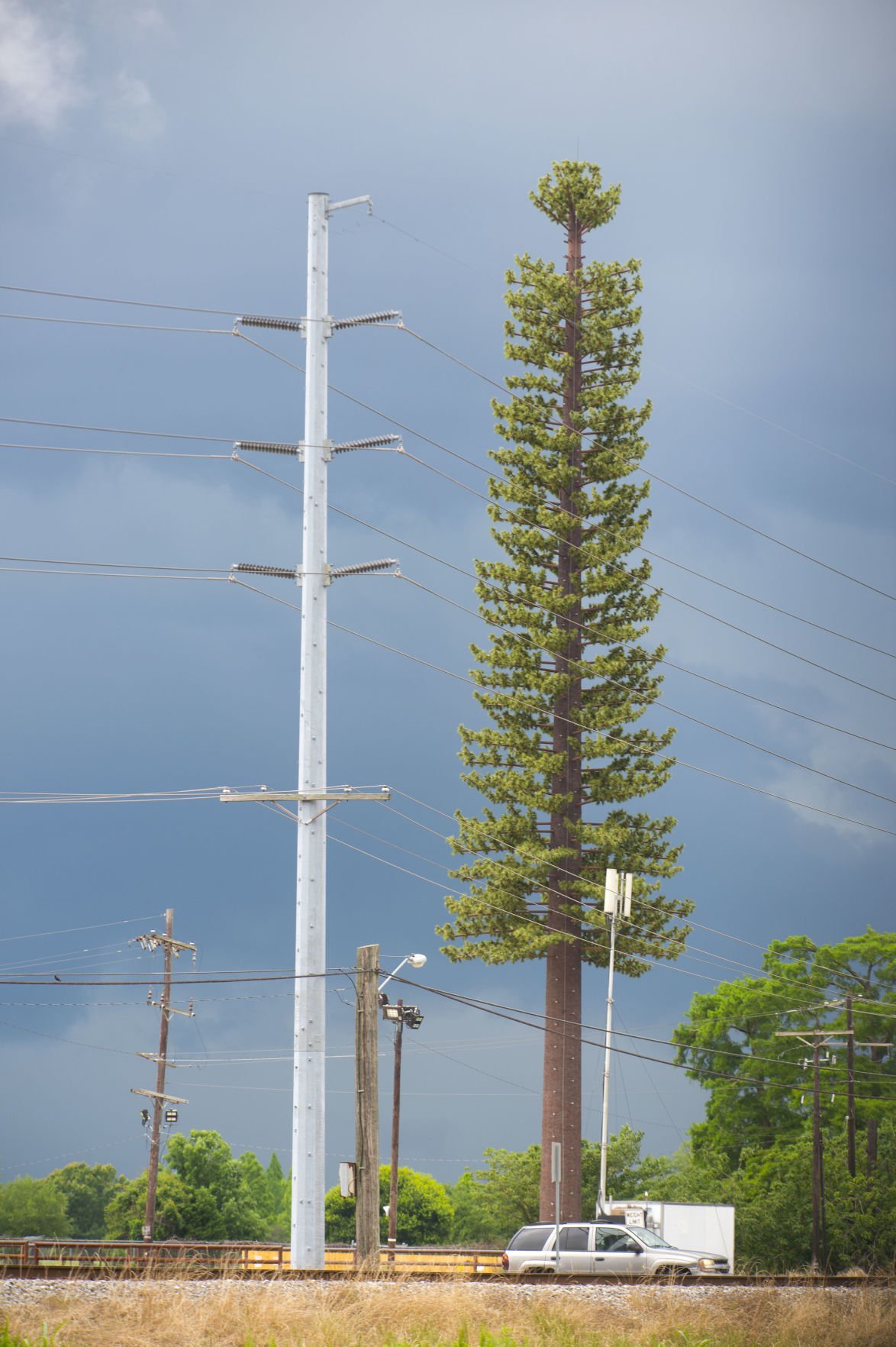If you've ever been through a city, you may have seen tiny mini 5G cell towers on street light poles. They appear like tiny boxes, but they're actually broadcasting wireless signals from mobile providers to your phone.
They are replacing larger built cell towers. Although they're not as visible but they can still create problems for those who live nearby.
A Federal Communications Commission's Radiation Exposure Thresholds
The FCC's Radiation Exposure Thresholds define the maximum amount of time one can expose to electromagnetic radiation from wireless devices. The limits for exposure are based upon scientific research that show that RF energy can cause harm to health.
The rate of absorption called the specific absorption rate (SAR) is a measure of the radiofrequency energy that is taken up by tissues. It's usually 1.6 milliwatts per kilogram averaged over one kilogram of tissue.
Since 5g is able to transmit at higher frequencies and has the potential to cause greater energy intensity on the skin and other directly-exposed body parts. This can lead to many possible harms, such as an increase in the development of skin conditions like dermatitis, skin cancer and cataracts.
Due to the possible severe effects of 5g radiation, PSU has chosen to create a general maximum power density of four MW/cm2 measured on 1cm2, but not to exceed 30 minutes for all 5G services running at 3000 GHz. This localized limit is consistent with the maximum spatial-average SAR of 1.6 W/kg, which is averaged over 1 5 grams of body tissue, at 6 GHz.
The FCC's Maximum Exposure Thresholds
Have you ever used a cell phone, you probably know that a safe location from the tower is around 400 meters. This is because the power of the transmission of cell towers increases drastically the farther the tower is.
Although this may sound like an ideal idea however, those living close to towers may actually be more prone to health issues. For example, a study from 2014 in India discovered that people who lived within 50m from cell towers suffered significant more health issues than those living further far from antennas.
But, the study showed that residents who moved to areas that were further from the cell towers saw their symptoms return to normal within a few days. Another study has demonstrated that exposure to extreme amounts of electromagnetic field radiofrequency (EMFs) could cause cancer, brain tumors and other health issues.
Additional reading is due to the fact that the RF radiation used in wireless communication can penetrate the human body's exterior layer, the skin. This is important to understand because the skin acts as a barrier to protect against injuries caused by mechanical forces, infections by pathogenic microorganisms, and infiltration of toxic substances. The skin is the biggest organ of the human body. It is accountable for protecting other organs.
The FCC's Minimum Exposure Thresholds for the Minimum Exposure
The FCC's Minimum Exposure Thresholds are based on numerous assumptions that are not supported by evidence from science. what is a safe distance from a cell tower include the incorrect belief that exposures to RF radiation is safe due to the limited absorption into body (i.e. thermal heating of tissue).

The assumption also ignores the greater penetration of ELF elements of modulated radio signals and the consequences of short bursts of heat from pulsed RF waves. These theories are not compatible with current understanding of the biological consequences of RF radiation. Therefore, they should not be used for health protective exposure standards.
In addition to that, ICNIRP and FCC are limiting their maximum exposure limits to local peak SARs based on the peak spatial specific absorption rate (psSAR) that is an inadequate dosimetric tool to determine the degree of exposure to RF radiation. Particularly the psSAR tool is not accurate when frequencies exceed 6 GHz. Furthermore, psSAR has not been evaluated for RF radiation exposed to other environmental agents such like sunlight. In the event of interactions, RF radiations with different agents in the environment could result in antagonistic or synergistic effects. This can lead to an increased risk of negative health consequences. For safe distance to live from cell phone tower , exposure to RF radiation along with exposure to sunlight can increase the risk of skin cancer and exacerbate other skin diseases such as acne.
